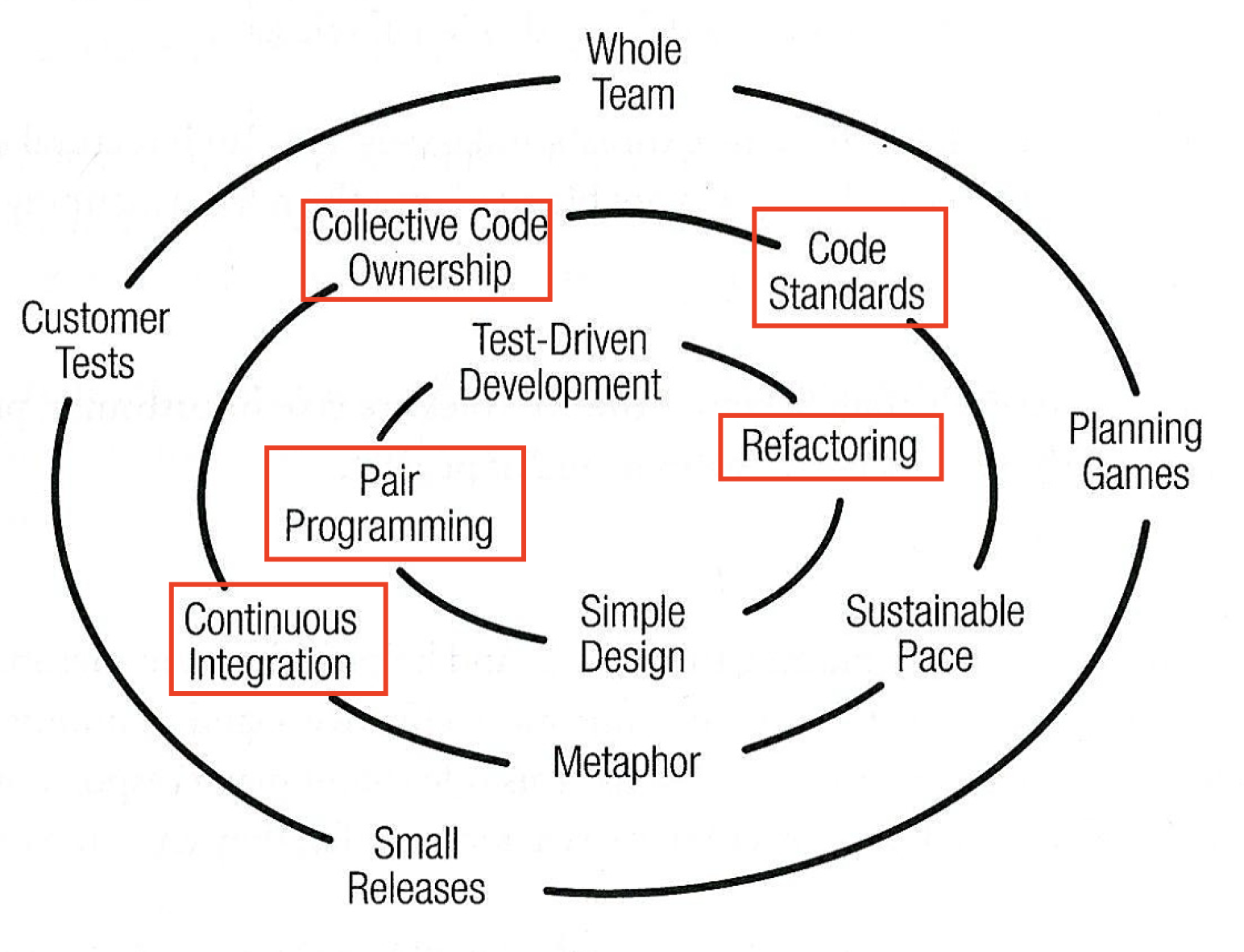Top 5 Extreme Programming (XP) Tools Every Team Should Use
What is XP?
Extreme Programming, or commonly known as "XP", is an Agile method with a primary focus on software development, specifically software development best practices. As you read this article, see if you can think of ways that the below tools and techniques are applicable to your projects, teams and/or practices.What can you learn from XP Core Practices?
There are 13 simple, but powerful, core practices part of the XP method. Let's focus on the Top 5 that are suitable for every team and would boost the delivery quality:- Collective Code Ownership
- Continuous Integration
- Code Standards
- Refactoring
- Pair Programming


